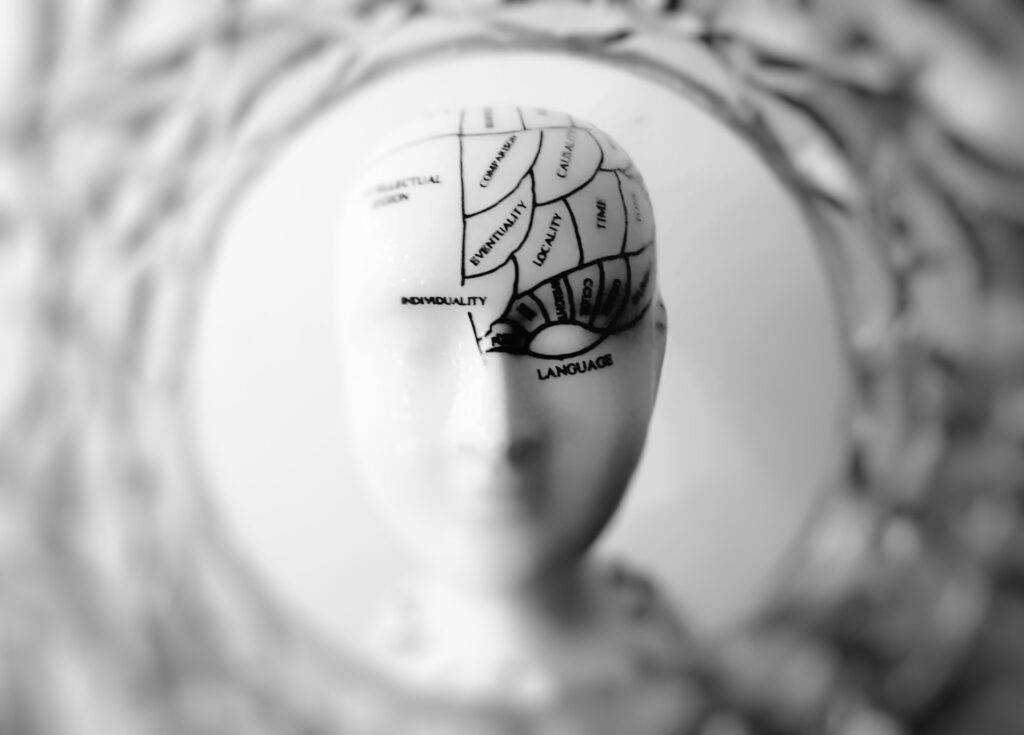Yesterday, I’d bluntly stated that yoga is not a workout. So then, what is it? I’ve pondered how I wanted to go about the next 30 days and decided I’d start with the father of modern yoga, Patanjali. While we don’t know much about Patanjali, we do have 196 sutras (verses or more literally translated “threads”) he’d left us pointing the way to enlightenment, our highest self, sadhana, nirvana, samadhi, etc. What do all these terms mean? Basically, they mean the highest attainable level of consciousness one can achieve while in human form. What is consciousness? Awareness… the ability to notice, hear, feel, or see what isn’t readily seen, felt, heard, or noticed by many. These 196 verses are like small threads of wisdom that are to be applied in one’s life in order to eventually bring about this state of being.
What is the point of heightened awareness? More choice, more power, more ability, more opportunity, in general MORE, but also less. Yes, it is a paradox, I know. While we have more of the aforementioned, we take our egoistic selves less seriously… to take it to Christianity for a second, he who is least is greater in the “Kingdom of Heaven.” When we start gaining deeper awareness into the stories that run the show, we begin to detach so that we can become free from them. The primary sutra of yoga centers around, “Yogaś citta ṿṛitti nirodhaḥ,” which means the restraint of the modifications of the mind-stuff is Yoga. In essence, it’s the ability to still unwarranted thoughts or stories. Gaining control over your mind and ceasing the unnecessary and incessant chatter is what yoga is about. All the remaining 195 sutras center around this one and further clarify the path to do this.
If any of you have ever attempted not to think of a pink elephant, you’ll see that you end up thinking about the pink elephant. Gaining power over the mind isn’t as simple as a quick one-time decision and requires practice, which is why the work on the mat, in meditation, and in our daily lives is called “practice.” While many of us have decided we’d like to gain dominion over our unruly thoughts, we are all still practicing and working toward this end. “As the mind, so the person; bondage or liberation are in your own mind,” is an old Sanskrit saying. Yoga is not focused so much on one’s outside physical world or body, but instead focuses on the inner world of mental, emotional, and spiritual. It focuses on cleaning the lenses by which the outer world is seen so that one’s actions become more intentional, clear, measured, and precise.
Correct vision in yogic terms is when one can see that everything is nothing but energy/God and that life force that resides within all things is the same… same stuff, many different shapes, names, appearances, and functions. It’s about finding the commonality or the union in our differences and opening the world to compassion, kindness, and love. Bringing it back to Jesus’ golden rule, “Love your neighbor as yourself.” Why?… because your neighbor is yourself just in different form, shape, name, appearance, and function.
Each of the vṛitti’s (mental modifications aka thoughts) can be split into 2 categories, painful/selfish or peaceful/selfless (not painful). It is the work of yoga to analyze the thoughts as they come up to ascertain whether each is healthy or unhealthy… whether it seeks to bring us peace or pain. Either way, we can restrain them by practicing non-attachment. Seeing the thought and then allowing it to leave as quickly as it came without getting hooked into the rabbit hole of supporting detailed thought, especially in the case of the painful/selfish ones that seek to harm us. As you can imagine, this is a continual process of exploration, analyzing, and letting go, which is why one must commit to a steady practice and not just decide to practice occasionally. Through persistence, we see results.
We see that we have stopped watering the weeds in our garden and have instead uprooted them and planted flowers instead. When we, as the gardeners of our own mental garden have uprooted the weeds and refuse to indulge in selfish/painful thoughts, which produce more weeds, we are well on our way to freeing ourselves of attachment and find ourselves in a state of ease and peace. In yoga, selfish desire breeds restlessness and the goal is to be completely desire-less, accepting what is in every moment knowing that it is ordained. Becoming completely desire-less is not possible, so the closest we can come is to remove personal selfish motives so that we aren’t bound up in expectation. No expectation, no disappointment.
It is easier to free yourself when you don’t have prior samskaras. Samskaras are experiences that have hooked you in the past because they were pleasurable even though they weren’t “right” actions and ultimately led to pain. In other words, they are mental impressions of past actions that brought momentary joy only to ultimately bring you lower. Examples of this would be overindulging in food when depressed, starving oneself to gain some control, going out for drinks after work to ease stress, smoking cigarettes to quell anxiety, doing drugs to escape painful emotions or pain in the body, having a one night stand to ease loneliness, etc. All have a temporary “high” followed by long term lows. These vices threaten our peace, even when we’ve been practicing for a while, though with more practice we grow stronger and the samskaras weaken until they no longer have any hold.
Yoga is the practice of cleaning the lens of our psyche so that we can gain deeper focus on truth. It is deepening so that you can meet your innate soul underneath the pit of stuff you and this world had attempted to bury it with. It is the process of reuniting with the deeper “I” that has been hidden by the egoic “I” for far too long. I’ve been blessed to have several beautiful guides in this process and am convinced that everyone can benefit from a guide on the journey to their true selves. If my work resonates with you, please comment, book a session, or contact me to discuss.

